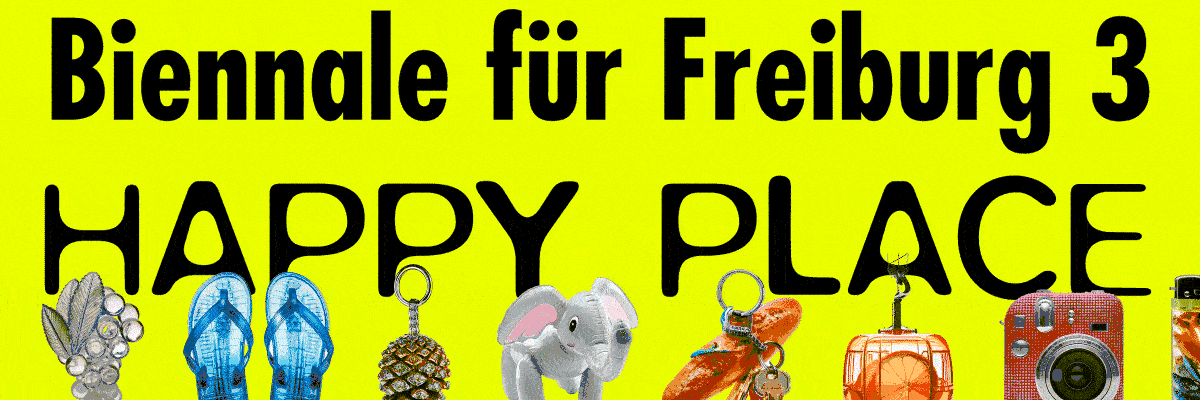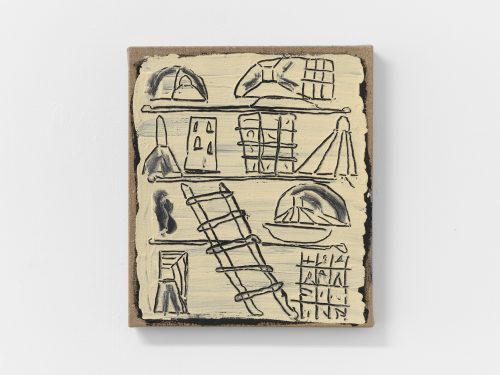
Eliza Wagener
Linger Longer, Windowpecker
Project Info
- 💙 Kunstverein Harburger Bahnhof
- 💚 Elisa Nessler
- 🖤 Eliza Wagener
- 💜 Eliza Wagener, Elisa Nessler
- 💛 Maik Gräf
Share on

Eliza Wagener, Linger Longer, Windowpecker, 2025, installation view at Kunstverein Harburger Bahnhof, courtesy of the artist, photo: Maik Gräf
Advertisement

Eliza Wagener, Linger Longer, Windowpecker, 2025, installation view at Kunstverein Harburger Bahnhof, courtesy of the artist, photo: Maik Gräf

Eliza Wagener, Linger Longer, Windowpecker, 2025, installation view at Kunstverein Harburger Bahnhof, courtesy of the artist, photo: Maik Gräf

Eliza Wagener, Linger Longer, Windowpecker, 2025, installation view at Kunstverein Harburger Bahnhof, courtesy of the artist, photo: Maik Gräf

Eliza Wagener, Linger Longer, Windowpecker, 2025, installation view at Kunstverein Harburger Bahnhof, courtesy of the artist, photo: Maik Gräf

Eliza Wagener, Linger Longer, Windowpecker, 2025, installation view at Kunstverein Harburger Bahnhof, courtesy of the artist, photo: Maik Gräf

Eliza Wagener, Linger Longer, Windowpecker, 2025, installation view at Kunstverein Harburger Bahnhof, courtesy of the artist, photo: Maik Gräf
The word ‘Windowpecking’ describes the act of wandering through a city and becoming mesmerised by shop fronts and the windows of residential buildings and flats. Initially, the practice of ‘Windowpecking’ may be an act that occurs rather automatically when strolling around in unfamiliar areas. It is linked to the practice of drifting.
‘Windowpecking’ creeps its way into one’s walking, until one finally realises that there is a pattern in the randomly occurring, unplanned paths one takes and their gaze remains glued to certain panes of glass and lingers.
Like a bird hammering on a window to request entry, ‘Windowpecking’ reminds us of the separation between internal and external, private and public, sidewalk and interior, of lantern light and bedside lamp.
Wagener's namesake series captures the fleeting encounters that occur on both sides of a window, between passersby and residents, in small-format paintings and a corresponding audio piece. Translucent figures appear behind the windows, taking on forms of everyday gestures as they are immersed in soft light. The glass both separates and allows for a temporary intimacy, leaving us in the in-between space: to detach ourselves and move on or to be longingly embraced by the world behind the windows.
Eliza Wagener, Elisa Nessler




